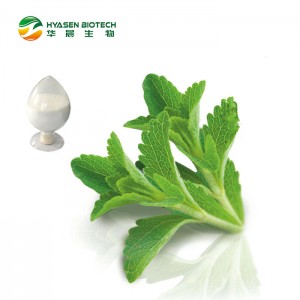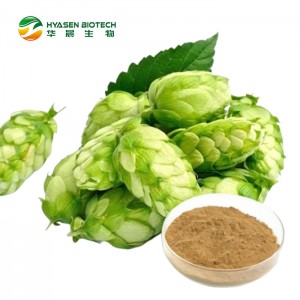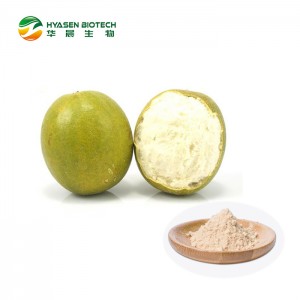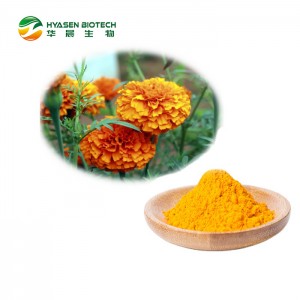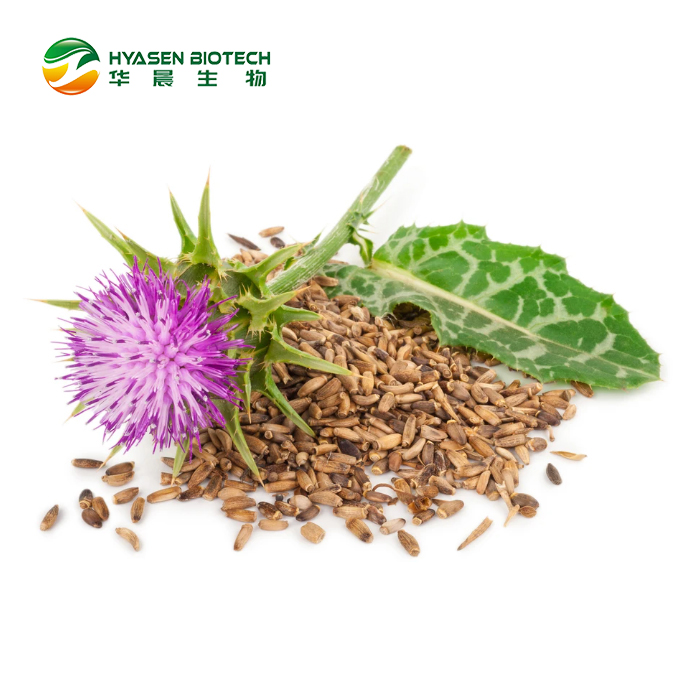
Milk Thistle Extract
Product Details:
Product Name: Milk Thistle Extract
CAS No.: 22888-70-6
Molecular Formula: C25H22O10
Molecular Weight: 482.436
Appearance: Yellow fine powder
Extract Method: Grain Alcohol
Solubility: better water solubility
Test method :HPLC
Specification : 40%~80%Silymarin UV, 30% Silibinin+Isosilybin
Description
Silymarin is a unique flavonoid complex—containingsilybin, silydianin, and silychrisin—that is derived from the milk thistleplant.
Poor water solubility and bioavailability of silymarinled to the development of enhanced formulations. a new complex of silybin andnatural phospholipids was developed. This improved product is known by the nameof Silyphos. By complexing silybin with phospholipids, scientists were able tomake silybin into a much more soluble and better-absorbed form. Thissilybin/phospholipid complex (Silyphos) was found to have significantlyimproved bioavailability, up to ten times better absorption, and greatereffectiveness.
Application
Liver protection
Anti Free radicals
Antioxidant
Anti-inflammatory
Prevention of skin cancer
Medicine , dietary supplement,Healthbenefits : Dried thistle flowers at the endof summer
Formany centuries extracts of milk thistle have been recognized as “livertonics.” Research into the biological activity of silymarin and itspossible medical uses has been conducted in many countries since the 1970s, butthe quality of the research has been uneven. Milk thistle has been reported tohave protective effects on the liver and to greatly improve its function. It is typicallyused to treat livercirrhosis,chronic hepatitis (liver inflammation), toxin-induced liver damageincluding the prevention of severe liver damage from Amanita phalloides (‘death cap’ mushroom poisoning), and gallbladder disorders.
Reviewsof the literature covering clinical studies of silymarin vary in theirconclusions. A review using only studies with both double-blind and placebo protocols concluded that milk thistle and itsderivatives “does not seem to significantly influence the course ofpatients with alcoholic and/or hepatitis B or C liver diseases.” Adifferent review of the literature, performed for the U. S. Department ofHealth and Human Services, found that, while there is strong evidence oflegitimate medical benefits, the studies done to date are of such uneven designand quality that no firm conclusions about degrees of effectiveness forspecific conditions or appropriate dosage can yet be made.






